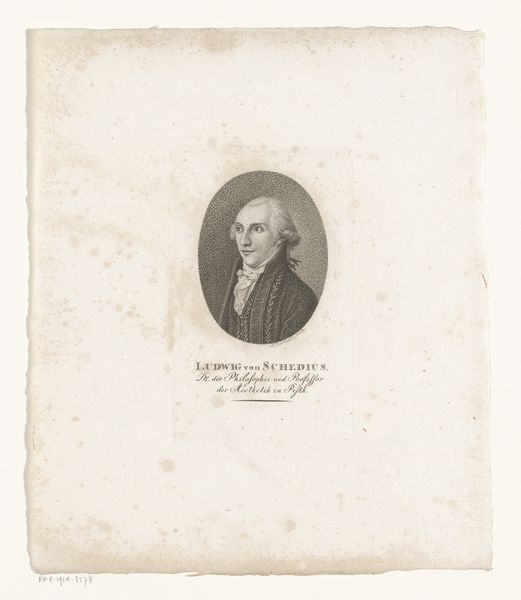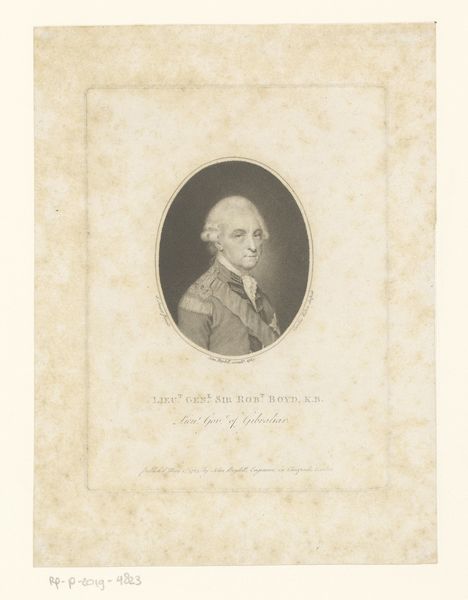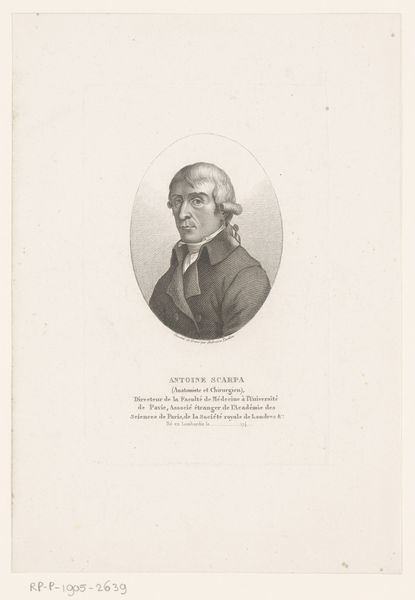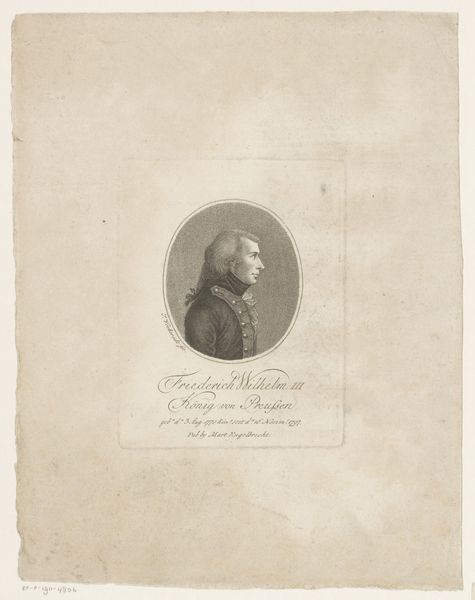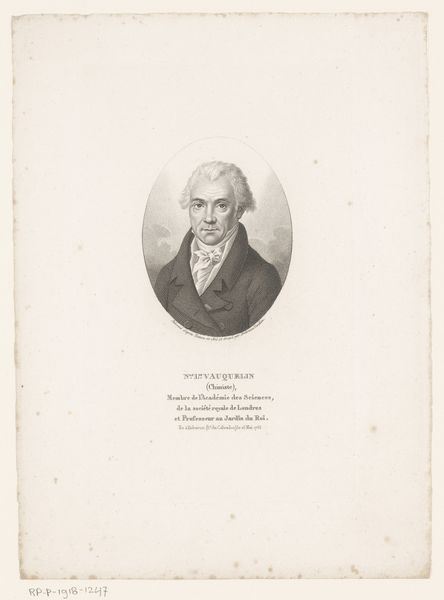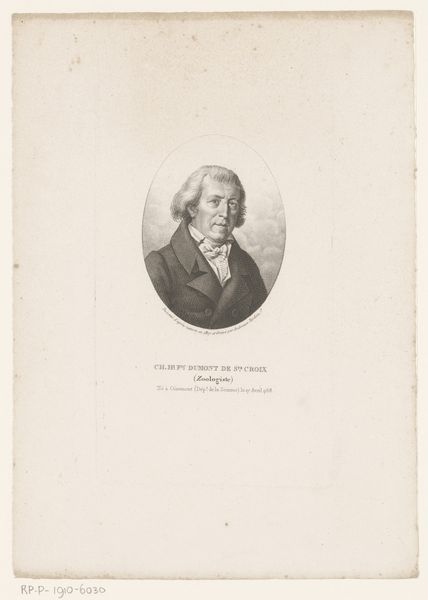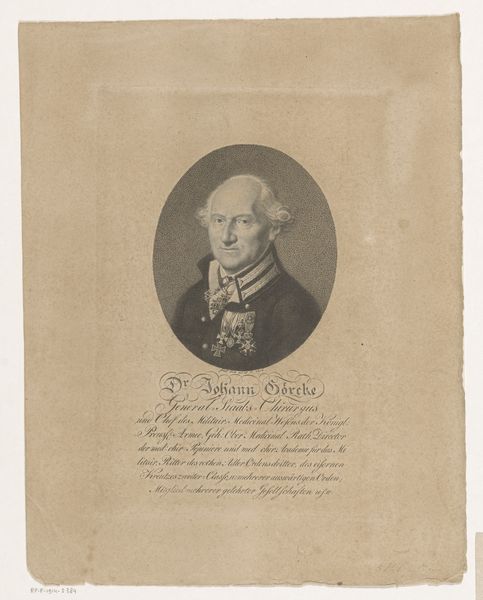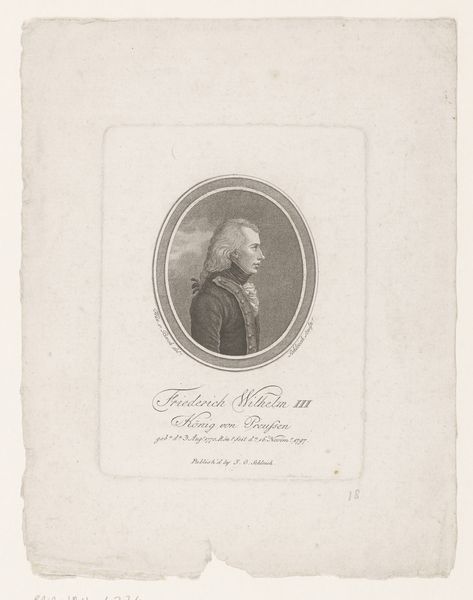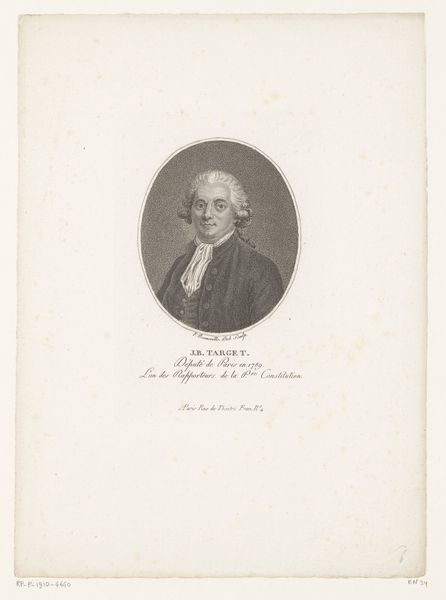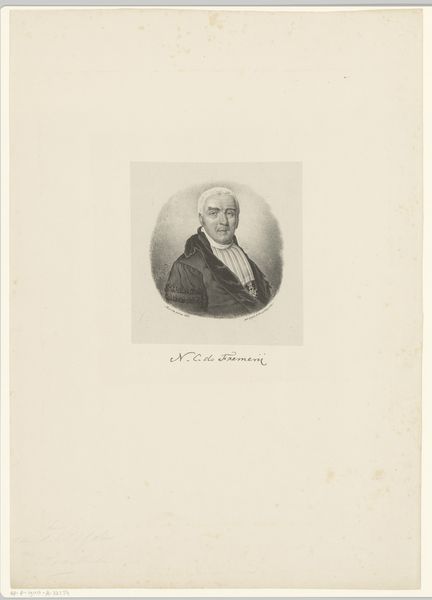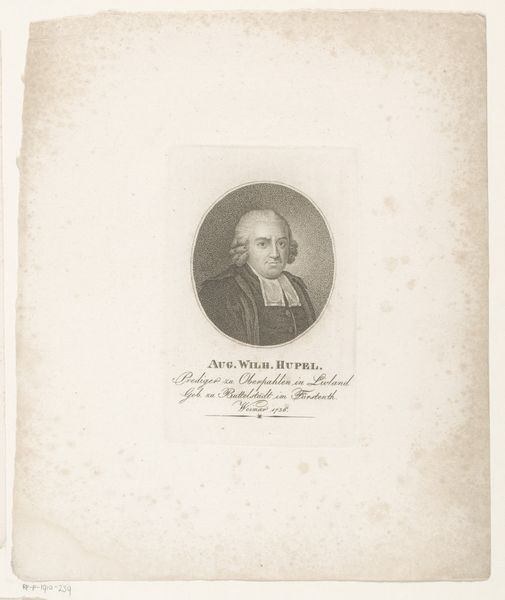
print, etching, engraving
#
portrait
#
neoclacissism
# print
#
etching
#
engraving
Dimensions: height 229 mm, width 144 mm
Copyright: Rijks Museum: Open Domain
Editor: We're looking at Ambroise Tardieu's "Portret van Jean le Rond d'Alembert", an etching and engraving printed sometime between 1798 and 1841. It has this very formal, almost austere feel to it. How do you interpret this work? Curator: This portrait exists within a fascinating tension. It's neoclassical, certainly, embracing that era's fascination with reason and order. But think about d'Alembert himself, a prominent figure of the Enlightenment, deeply involved in the Encyclopédie. How does this carefully constructed image either uphold or perhaps even challenge the existing power structures of the time? Was this perhaps subversive, or at least daring? Editor: Subversive how? Curator: Consider the Encyclopédie itself – a monumental project aiming to democratize knowledge, to challenge established authorities. D'Alembert was right in the middle of it. Is this portrait reinforcing an image of respectable intellectualism, or could the very act of immortalizing him in print be seen as radical, contributing to the rise of a meritocratic ideal versus aristocratic bloodlines? How might ideas surrounding access and privilege influenced Tardieu’s image? Editor: So you're saying that even a seemingly straightforward portrait can be interpreted through a lens of social and political change? Curator: Precisely! The seemingly objective eye of the artist is never truly neutral. Considering d’Alembert's involvement in such a transformative undertaking, understanding the historical context unveils layers of meaning embedded in this image. What at first may appear staid may instead speak volumes. Editor: That’s a really interesting perspective. I will never see portraits quite the same way. Curator: Exactly! Always delve deeper, looking past the surface.
Comments
No comments
Be the first to comment and join the conversation on the ultimate creative platform.
